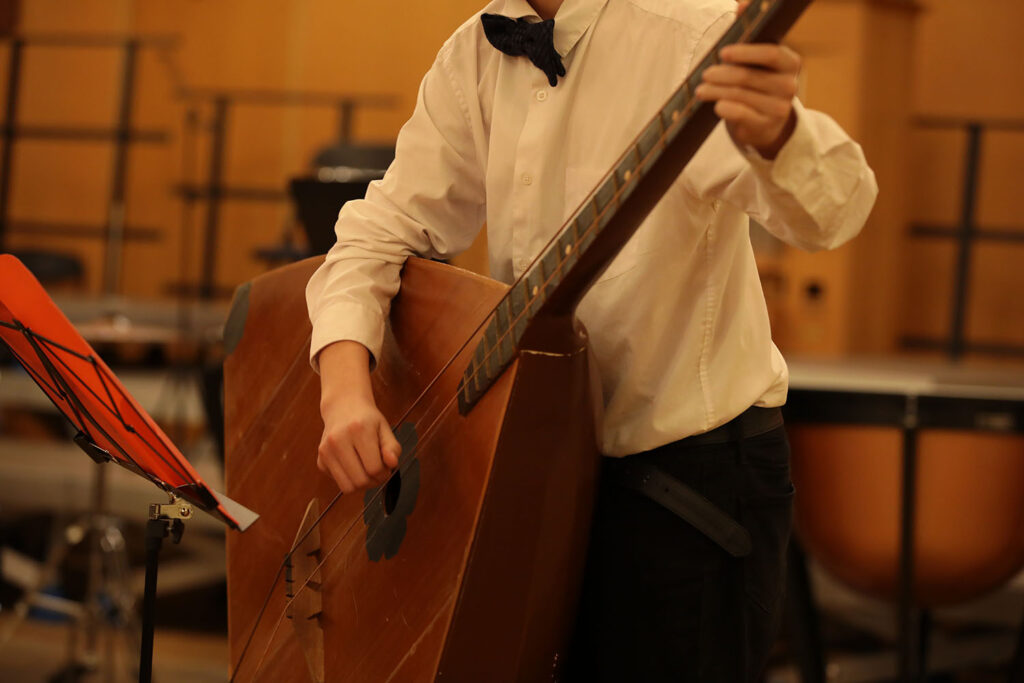The balalaika, with its characteristic triangular or oval body and three to six strings, is one of the most important instruments in Russian and Belarusian folk music. This stringed instrument is famous for its characteristic playing techniques, especially rattling and tremolo, in which all the strings are struck simultaneously with the index finger.
Name and origin
There are different theories about the origin of the name "balalaika". According to the theory of A.N. Chudinov (in his "Dictionary of foreign words that have entered the Russian language", 1910) and A.D. Mikhelson, the word could have Turkish roots.
It could be derived from "bala" (child), although the phonetic structure favors a Turkish borrowing: vowel harmony, a repetition of the same vowel, typical of Russian in words like "shoe", "balada" or "balagan".
Another theory is that the name is of proto-Slavic origin. The word stem "balalaika" or "balabayka" has long been of interest to researchers. They suggest a connection with Russian terms such as "balakat'," "balabonin," "balabolil," and "balagurir," all of which have to do with meaningless talk or insignificant chatter.
These associations convey the essence of the balalaika as an instrument of lightness and pleasure, used more for light-hearted entertainment than for serious musical performance. This interpretation of the balalaika reflects its role as a folk instrument, deeply rooted in Russian culture, whose sounds reflect the joy and lightness of life.
More articles:
- Theremin: Explanation, history and models
- The 13 best electric guitars
- The 10 best electric basses compared
History
The origins of the balalaika are mysterious, but it is believed that this instrument was invented towards the end of the 17th century. Originally the balalaika was a long two- or three-stringed instrument, 27 cm long and 18 cm wide, with a neck four times as long.
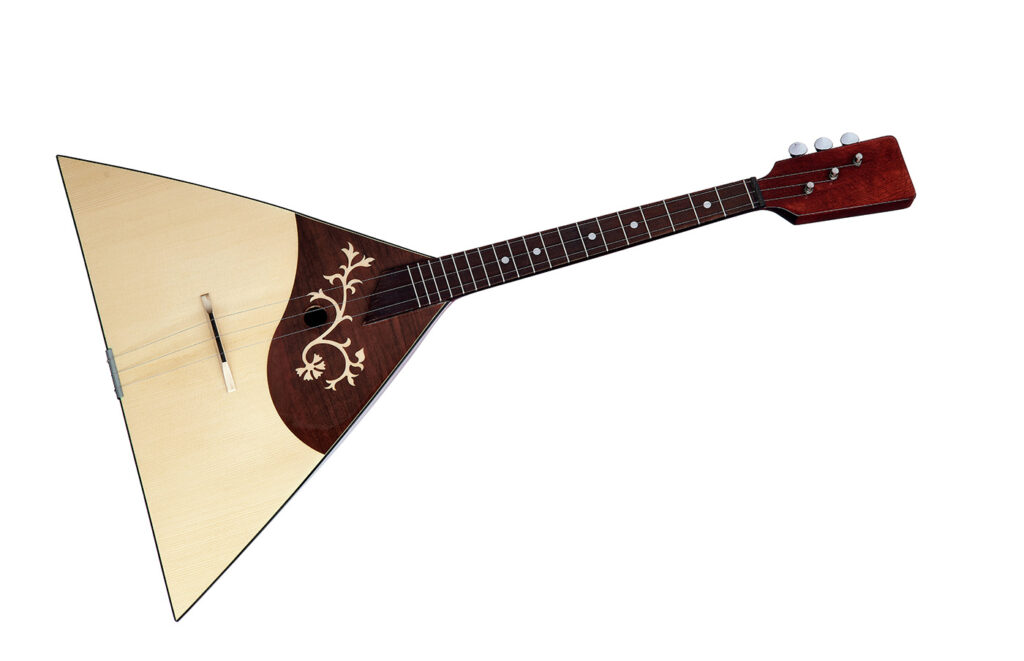
We owe the modern form of the balalaika to the musician and teacher Vasily Andreyev and the craftsmen V.V. Ivanov, F.S. Paserbsky, S.I. Nalimov and others. Nalimov and others. In 1883 they began to perfect the instrument, and Andreyev suggested to make the balalaika with a spruce top and a beech back, and to shorten its length to 600-700 mm.
This reworked balalaika, produced by F. Paserbsky and his family in various sizes - piccolo, prima, alto, tenor, bass, contrabass - became the cornerstone of the Russian folk orchestra.
The balalaika developed into a versatile instrument used as a solo, concert, ensemble and orchestral instrument. Andreyev founded the first circle of balalaika enthusiasts in 1887. The following year, this circle gave its first concert in St. Petersburg, which is considered the birth of the Russian Folk Instrument Orchestra.
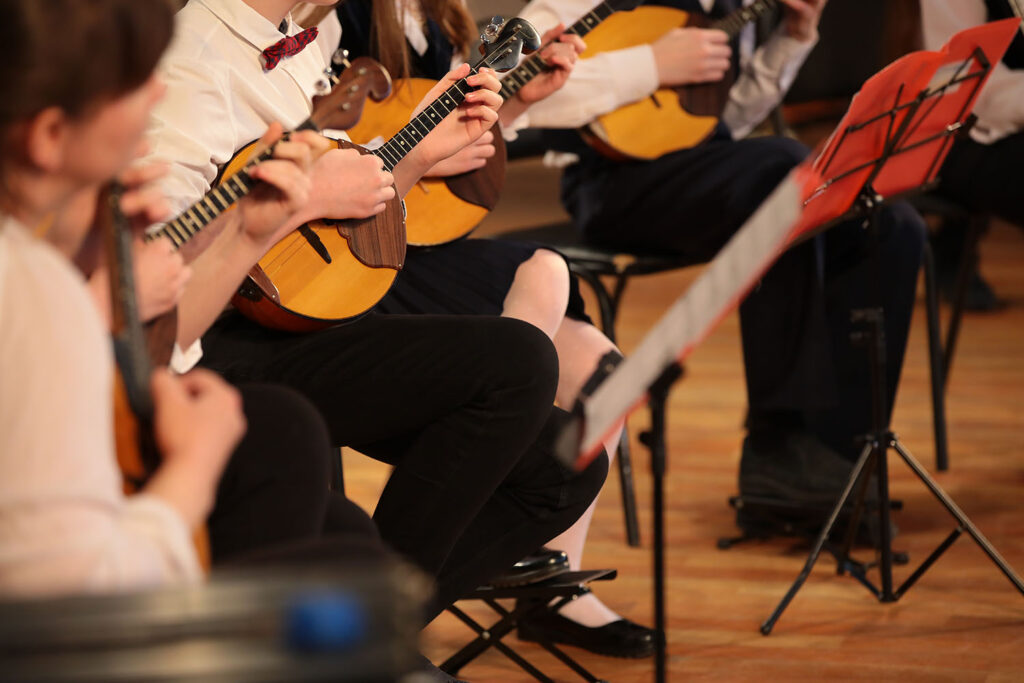
The first documented mention of the balalaika dates back to 1688, when a report from the Streletsky Prikaz to the Malorossiysky Prikaz mentions how a farmer and his son caused a sensation in Moscow with a balalaika. Another mention can be found in a report about a brawl in 1700. In 1714 the jesters played balalaikas at the jester's wedding of N.M. Zotov in St. Petersburg, which emphasizes their popularity.
In 1719 the balalaika is mentioned in a document of the Alexander Svirsky Monastery, in which the employees are reprimanded for their improper behavior, including playing balalaikas. This and other instruments were confiscated and publicly destroyed.
Interestingly, it is said that Peter I knew the sound of the balalaika from his youth. At the end of the 18th century the instrument found its way into high literature, for example in the poem "Elysei" by V.I. Maykov from 1771.
The balalaika also appeared in Ukrainian culture, first mentioned in diary entries from the early 18th century. At that time it was often built with two strings, as described by Nikolai Gogol in "Dead Souls". The instrument underwent various adaptations over the years, including four-string variants, but Vladimir Dahl reported models with two or three strings as late as the 1860s.
This historical reflection shows that the balalaika is not just an instrument, but a symbol of Russian culture and history that has evolved and adapted over the centuries to preserve its distinctive sound and character.
Construction
Originally widespread in Russian villages, the balalaika was a two- or three-stringed instrument with a triangular or oval body and a long, slightly backward-curved, spade-shaped head, the total length of which varied between 60 and 70 cm. Some researchers suggest that the body of the balalaika was originally round, suggesting an even older tradition.
The development of the balalaika took a decisive turn at the end of the 19th century, when F. S. Paserbsky began to build balalaikas in three different sizes. The modern Russian balalaika ranges from the prima balalaika with a length of 60-70 cm to the impressive contrabass balalaika, which measures up to 1.7 meters. The triangular (sometimes oval) body is slightly curved and consists of several segments (5-7).
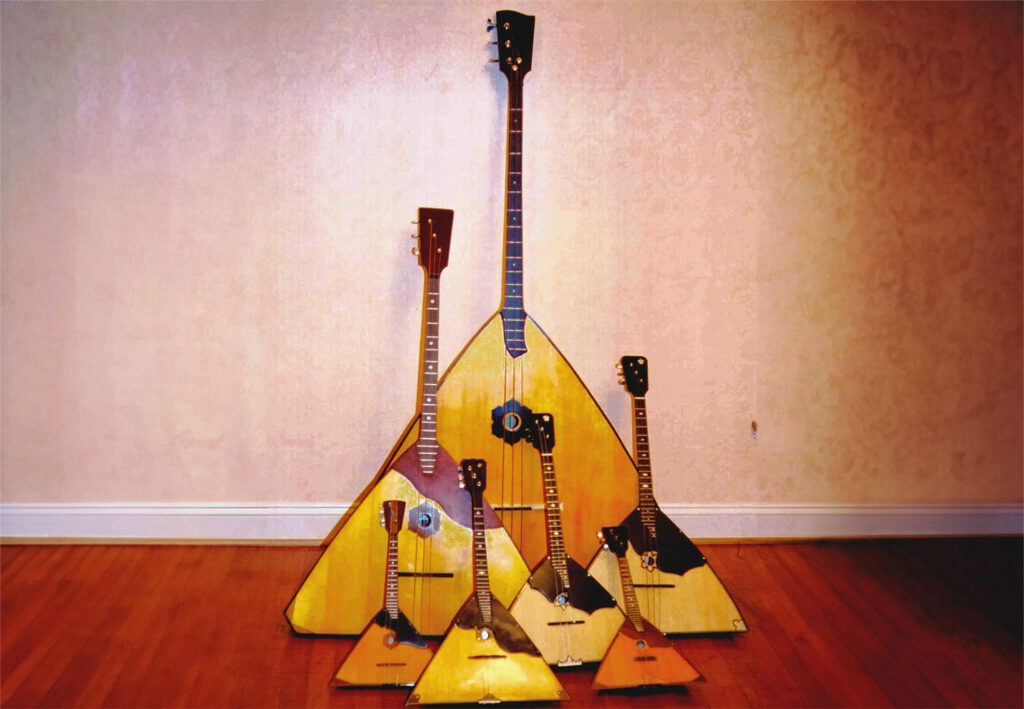
The head of the fretboard is characteristically bent backwards. While in the 18th century the strings were made of gut, today they are often made of metal, and in modern balalaikas they are often made of nylon or carbon fiber. There are 16-31 metal frets on the fingerboard of a modern balalaika, a significant increase compared to the 5-7 frets of the 19th century.
The Ukrainian version of the balalaika, known as the four-string or six-string version, has other creative adaptations. The first string of the four-string Balalaika is doubled, while all the strings of the six-string Balalaika are paired, usually in fourths. A special form of the four-string balalaika used in the Poltava province in the 19th century was characterized by a fifth-fourth tuning.
These developments reflect the cultural diversity and profound changes that the balalaika has undergone over time and emphasize its role as a versatile and popular instrument in the Russian and Ukrainian musical tradition.
What does a balalaika sound like?
The sound of the Balalaika is unmistakable and characteristic. It can be described as follows:
- Bright, clear sound: The balalaika produces a bright, clear sound that is often described as lively and penetrating. This is especially true of the higher models, such as the Prima Balalaika.
- Resonance and volume: Due to its construction - especially the triangular body - the Balalaika has a good resonance. The sound can vary from delicate and soft to powerful and voluminous, depending on the size of the instrument and the way it is played.
- Unique playing techniques: Characteristic playing techniques such as tremolo (rapid plucking of the strings with the index finger) give the Balalaika a lively and rhythmic sound. It is often used in traditional Russian music.
But of course the best thing is to hear the Balalaika live. Here is a great video where you can hear all the sound aspects of the Balalaika:

By loading the video, you accept YouTube's privacy policy.
Learn more
String tuning: from traditional diversity to academic standardisation
The tuning of the balalaika has changed a lot in the course of its history. Before Vasily Andreyev developed the balalaika into a concert instrument at the end of the 19th century, there was no universally accepted tuning. Each musician tuned his instrument individually, depending on his playing style, the characteristics of the music played and local traditions.
The tuning introduced by Andreyev - two strings on the note "E" and one string a fourth higher on the note "A" (both in the first octave) - was widely used by concert balalaika players and became known as the "academic" tuning. Another tuning, the so-called "popular" tuning, places the first string on G, the second on E and the third on C, based on the major triad of C.
This tuning makes it easier to play chords, but has the disadvantage that it is more difficult to play on open strings. There are also numerous regional tuning traditions, which include up to two dozen rare local variants.
The standard tuning of the Balalaika prima is quart unison: the tone sequence EEA, with intervals of pure prima and quarta, begins at E of the first octave. The Balalaika secunda is tuned a fifth lower than the Balalaika prima and the Balalaika alto an octave lower. The range of the 24-fret Balalaika prima is two full octaves and five semitones: from E in the first octave to A in the third octave.
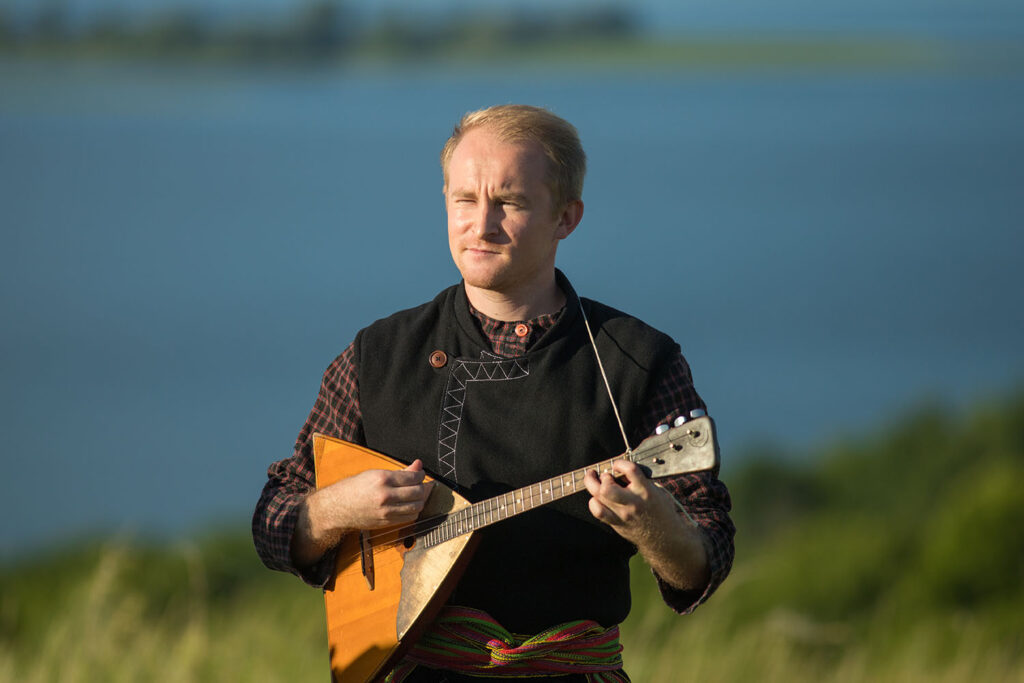
Another tuning, the Tertzian, is based on the major triad (CEG or DF#A), while the bass and double bass balalaikas typically have a pure fourth string (EAD), similar to the tuning of the three-stringed domra. The range of the bass balalaika with 15 frets covers two full octaves and a semitone: from E in the major octave to F in the first octave.
This variety of tunings emphasizes the flexibility and adaptability of the Balalaika, which allows it to cover a wide range of musical styles and traditions.
Tuning the balalaika - here's how
First, check the position of the stand on the deck: The same open string and a string plucked at the 12th fret should sound an octave apart. If the sound at the 12th fret is lower, move the stand toward the fretboard (shortening the working part of the string); if it is higher, vice versa. All three strings are checked in this way.
The first string of the Prima Balalaika is the reference string from which the tuning to the fourth string in unison begins. It is tuned according to the A tuning of the piano or accordion. The second string is tuned by forming a perfect fourth with the first string. Since this interval is 5 semitones, the second string is held at the 5th fret and tuned in unison with the first string. The third string is tuned in unison with the second string.
Balalaika variants
Five types of balalaikas are used in the modern orchestra of Russian folk instruments: prima, secunda, alto, bass and double bass. Of these, only the prima is a solo instrument, while the others have purely orchestral functions: The secunda and the alto realize the chordal accompaniment, while the bass and the contrabass take over the bass function.
The alto and contrabass balalaikas sound an octave lower than the notation written on the sheet music.
| Balalaika | Tuning the strings | Scope | Length (mm) | Playing style |
|---|---|---|---|---|
| Prima (concert balalaika) | e1, e1, a1 | e1 to e4 | 675-685 | Index finger |
| Secunda | a, a, d1 | a to f2 | 745-765 | Thumb, index finger |
| Alto | e, e, a | e to c2 | 800-820 | Thumb, index finger |
| bass | E, A, d | E to g sharp | 1120-1160 | Plectrum |
| Contrabass, Subcontrabass | E1, A1, D | E1 to b | 1600-1700 | Plectrum |
Cultural significance
Deeply rooted in Russian culture, the balalaika became an integral part of Russian folklore at the turn of the 18th century. Its presence in literature has been documented since the 1770s, when it appeared in the works of Russian poets such as V.I. Maykov, A.O. Ablesimov and G.R. Derzhavin. Ablesimov and G. R. Derzhavin. At the end of the 19th century its image changed from a mere musical instrument to a symbol of the Russian nation.
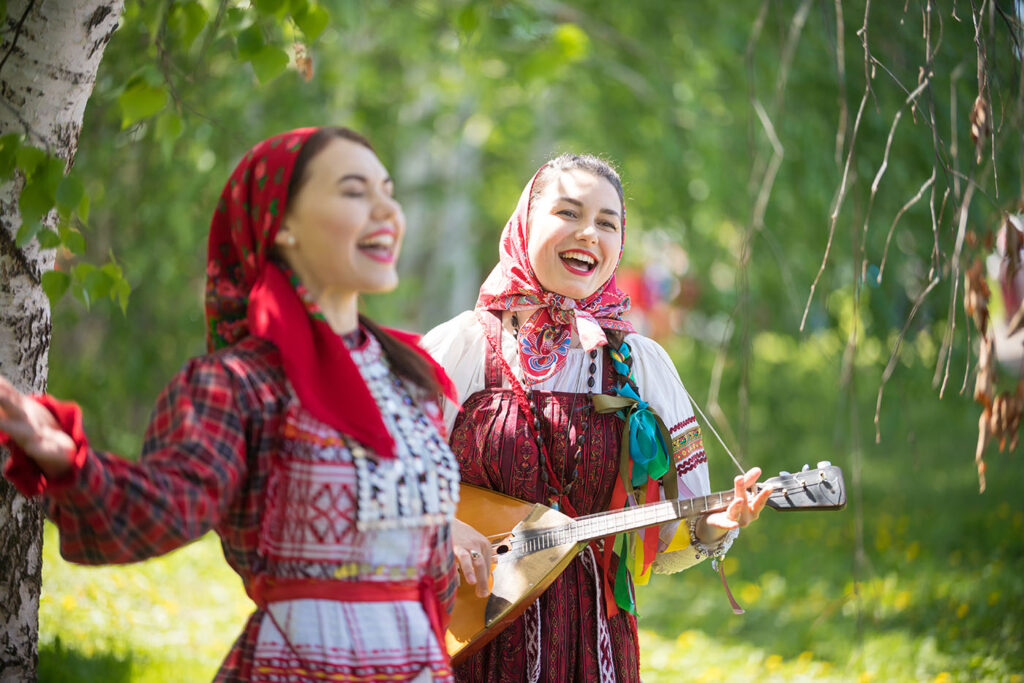
Balalaika playing was especially widespread among the Skomorochs (Russian traveling musicians) and shepherds, as they often had more free time. The peasants, on the other hand, were mostly indifferent or even hostile to the music: Sayings like “The balalaika doesn't play, it ruins” or “The balalaika hudok has ruined the whole house” reflect this attitude.
Nevertheless, the peasants liked the balalaika in calm times. They often invested considerable sums in the instrument, as the quote "God willing, the father will sell the farm and buy a balalaika" from "Pictures of Russian Folk Choreography" by K. Ya. Goleizovsky. It was said about a talented balalaika player: "Our Semyon was born with a balalaika".
The balalaika was not only a musical instrument, but also a central element in riddles, nursery rhymes and folk songs. It inspired phrases and riddles that reflected its shape and timbre, and played a role in games in which children chose a leader. The words "tsintsy-bryntsy" imitated the sound of a balalaika, with "bryntsy" alluding to the playing of the strings.
The importance of the balalaika for the Russian song tradition should be emphasized. It made a significant contribution to the creation of melodies and the consolidation of the tradition. Singing folk songs to the balalaika, which the poet I. Kobtsev lovingly called a "three-stringed bell", was one of the most popular forms of folk music. The balalaika reflects not only the musical, but also the cultural and emotional depth of the Russian people.
Worldwide use
The balalaika, once a symbol of Russian folk music, has become a widely used musical instrument in academic education. In Russia, Belarus, Ukraine, and Kazakhstan, it is now an integral part of music education.
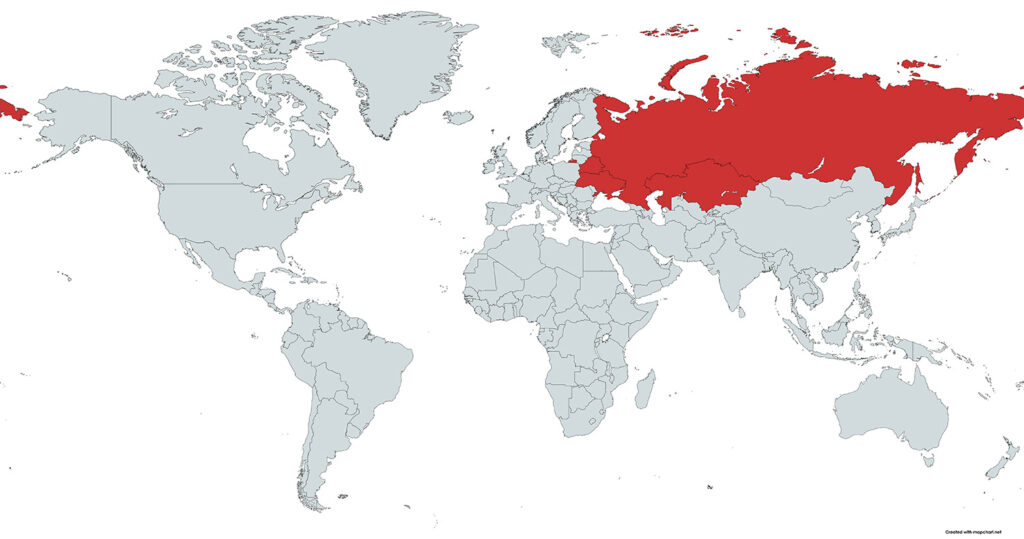
The duration of balalaika lessons depends on the school and the age of the student. At children's music schools the education usually lasts 5 to 7 years. Secondary schools teach the instrument for 4 years and universities for 4 to 5 years.
The repertoire that students learn is varied and includes arrangements of folk songs, classical works, and original compositions. This variety allows students to learn not only the technical skills necessary to play the instrument, but also to develop a deep understanding of the cultural significance and historical development of the balalaika.
This institutional recognition and integration of the balalaika into musical education emphasizes its continuing importance in the contemporary music scene and at the same time preserves its rich tradition as an essential element of the musical culture of these countries.





